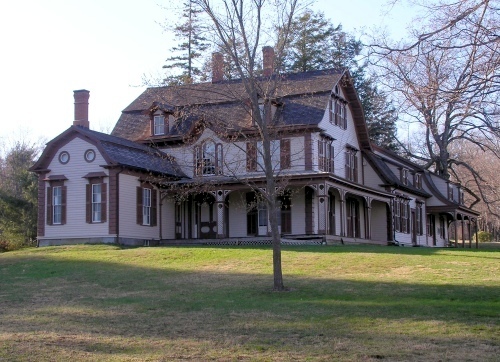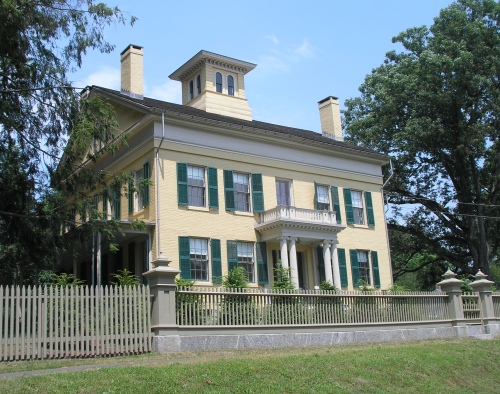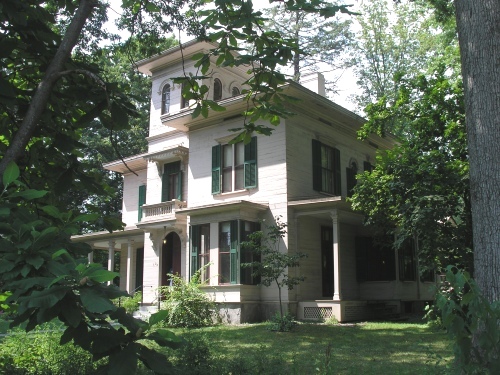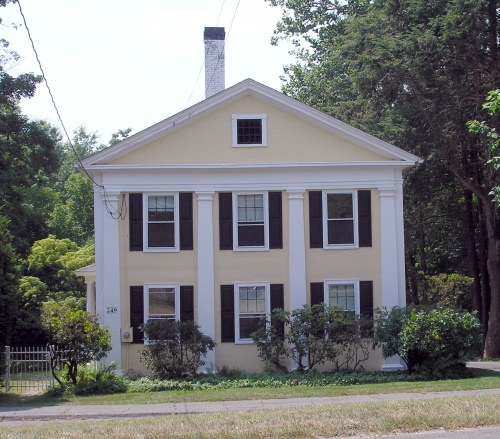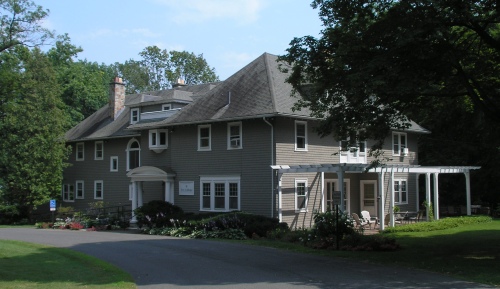74 Fairfield Street, Springfield (1903)

The house at 74 Fairfield Street in Springfield was built in 1903 for Henry Russell, but it is most notable as the childhood home of Dr. Seuss. Theodore Geisel was born on March 2, 1904, in his family’s home on Howard Street. In 1906, when he was two, his family moved to 74 Fairfield Street, where they would live until 1943. The author’s father, Theodore Geisel, senior, ran the family brewery until it closed due to prohibition. He then became superintendent of city parks, which included the local zoo. Ted Geisel moved away after he graduated from Dartmouth in 1925, but images from his childhood in Springfield would later reappear in his illustrated children’s books.
